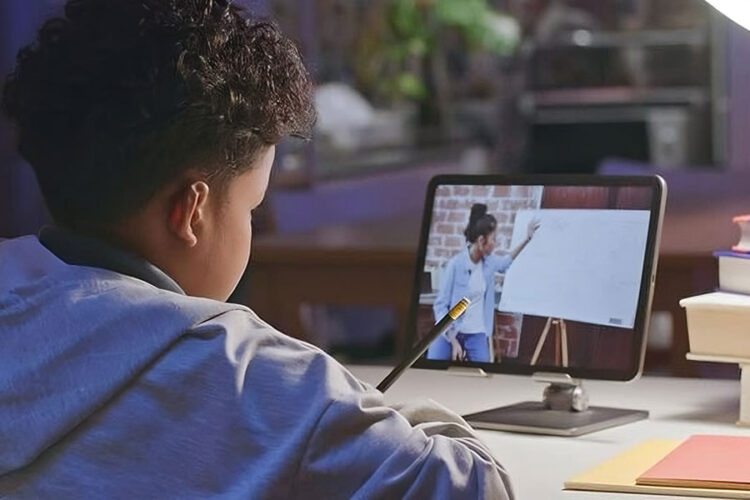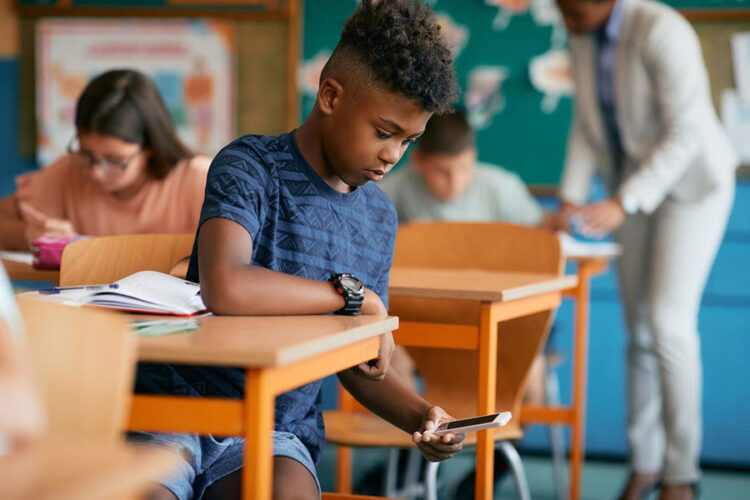
Smartphones have always been a subject of heated debate when it comes to their place in educational environments. Some argue that they are a source of distraction, undermining concentration in classrooms, while others have relaxed restrictions, particularly during Saturday classes, recognizing their potential benefits. But in 2024, do smartphones still pose the same challenges or has technology evolved to the point where smartphones can significantly aid learning? This article delves into the role of smartphones in education, reflecting on recent history and examining current trends.
The Controversy Around Smartphones in Schools

The Case Against Smartphones
Critics of smartphone use in classrooms argue that these devices are a major source of distraction. With social media, games, and endless internet browsing just a tap away, it is easy for students to lose focus on their studies. Moreover, constant notifications can disrupt the learning process, making it difficult for students to concentrate on their lessons.
The Case for Smartphones
On the other hand, proponents of smartphones in education highlight their potential as powerful learning tools. Smartphones can provide instant access to educational resources, facilitate communication, and enable interactive learning experiences. During the COVID-19 pandemic, the necessity of online learning brought these benefits to the forefront.
The Impact of COVID-19 on Educational Technology
In response to the COVID-19 pandemic, Ugandan President Yoweri Kaguta Museveni Tibuhaburwa directed the closure of schools to curb the spread of the virus. This unprecedented situation forced schools to embrace online learning, significantly increasing the use of smartphone apps such as Zoom and Google Meet for attending classes. This period demonstrated the crucial role smartphones could play in maintaining educational continuity during crises.
Smartphones as Learning Tools During the Pandemic
During the pandemic, smartphones became essential tools for accessing online classes, submitting assignments, and communicating with teachers and peers. They allowed students to participate in virtual classrooms, access digital textbooks, and collaborate on projects remotely. This shift highlighted the potential of smartphones to support education in ways that traditional classroom settings could not.
Technological Advancements and Educational Apps
Since the pandemic, technology has continued to advance, and educational apps have become more sophisticated. Apps like Khan Academy, Duolingo, and Quizlet provide interactive and personalised learning experiences. These apps can help students learn at their own pace, providing instant feedback and adapting to their individual needs.
The Current Role of Smartphones in Education

In 2024, the role of smartphones in education continues to evolve. Schools are increasingly recognizing the benefits of integrating these devices into their teaching strategies. Here are some ways smartphones are being used to enhance learning:
1.Interactive Learning
Smartphones enable interactive learning through educational apps and online platforms. Teachers can create engaging quizzes, interactive lessons, and multimedia presentations that make learning more dynamic and enjoyable.
2. Access to Information
With smartphones, students have instant access to a vast array of information and resources. They can conduct research, access online libraries, and use educational tools that support their studies.
3.Collaboration and Communication
Smartphones facilitate collaboration and communication among students and teachers. Messaging apps, discussion forums, and group projects can be managed more efficiently, promoting teamwork and peer learning.
4.Personalized Learning
Educational apps can provide personalized learning experiences tailored to individual student needs. Adaptive learning technologies can identify areas where students struggle and offer targeted practice to help them improve.
Challenges and Considerations
While smartphones offer many benefits, their integration into education also presents challenges. Schools must find a balance between leveraging technology for learning and minimizing potential distractions. Here are some considerations for effectively incorporating smartphones into education:
1.Setting Clear Guidelines
Schools need to establish clear guidelines for smartphone use in the classroom. Policies should define when and how smartphones can be used for educational purposes, helping to minimize distractions.
2.Digital Literacy
Teaching students digital literacy skills is essential. Students should learn how to use smartphones responsibly, manage their time effectively, and differentiate between productive and non-productive use.
3.Monitoring and Support
Teachers should monitor smartphone use in the classroom and provide support to ensure that students are using them appropriately. This can include using educational monitoring software and encouraging students to stay focused on their studies.
4.Addressing Equity
Not all students have access to smartphones or the internet. Schools must consider ways to address this digital divide, ensuring that all students have equal opportunities to benefit from technology-enhanced learning.
The debate over smartphones in schools is complex, reflecting broader societal questions about technology’s role in our lives. While smartphones can be a source of distraction, they also hold immense potential as educational tools. The COVID-19 pandemic has shown us that with the right approach, smartphones can support and enhance learning in ways that were previously unimaginable. As we move forward, it is crucial to continue exploring innovative ways to integrate technology into education, ensuring that all students can benefit from its potential while minimizing its drawbacks.